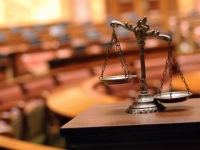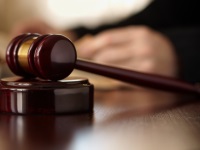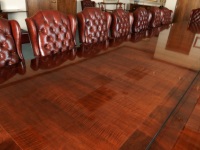Last week, a New York federal judge struck another blow to prosecutorial efforts to secure insider trading convictions in tipper-tippee cases. As discussed in detail here, the U.S. Attorney’s Office for the Southern District of New York suffered a high-profile defeat in an insider trading case last month, when the Second Circuit issued its decision in U.S. v. Newman, No. 13-1837, 2014 WL 6911278 (2d Cir. Dec. 10, 2014). In Newman, the Second Circuit found that prosecutors in tipper-tippee cases must prove both that the tipper (the individual disclosing inside information in breach of a duty) received a personal benefit in exchange for the disclosure, and that the tippee (the individual receiving and trading on the information) knew about the tipper’s receipt of that benefit. In the wake of Newman, U.S. Attorney Preet Bharara and others expressed concerns that the decision could limit future insider trading prosecutions.
The Continuing Fall-Out from the Second Circuit’s Insider Trading Decision in Newman







